Signal isolators are essential devices used to transfer electrical signals between different systems or devices while electrically isolating them. Their primary function is to ensure that signal transmission occurs without the interference, distortion, or potential hazards caused by direct electrical connections. Signal isolators are indispensable in industries such as automation, medical equipment, and power systems. This article explores the necessity of signal isolators, their working principles, advantages, disadvantages, and key applications.
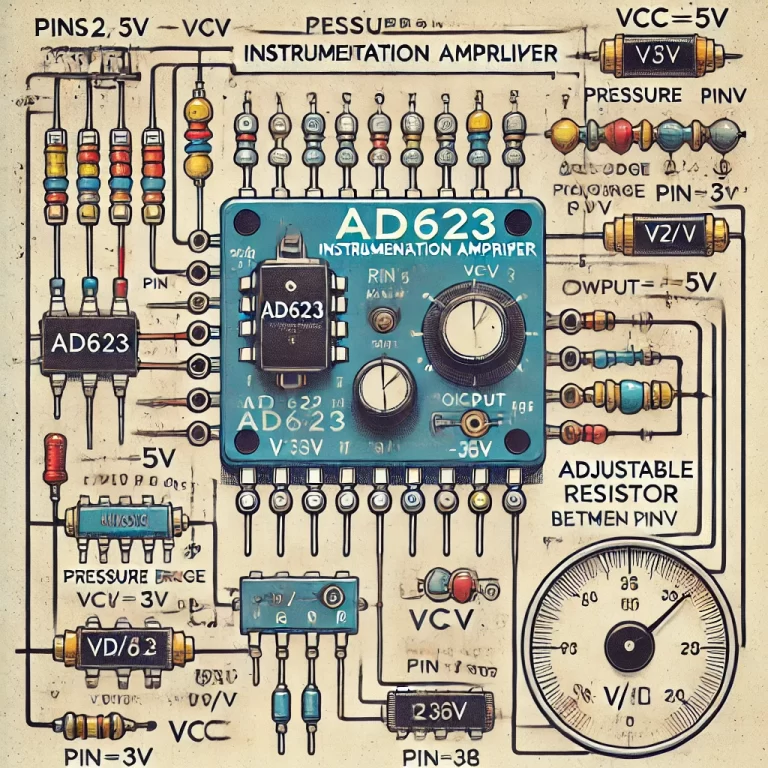
1. Why Use Signal Isolators?
Signal isolators play a critical role in ensuring the reliability and safety of electrical systems. Below are the main reasons they are used:
1.1 Preventing Interference Between Devices
Devices in industrial or electronic systems often operate at different electrical potentials. When these devices are directly connected, potential differences can cause:
- Signal distortion.
- Electrical interference.
- Equipment malfunctions or even permanent damage.
By isolating the signal, isolators eliminate interference caused by ground loops, ensuring signal clarity and system stability.
1.2 Enhancing System Safety
In high-voltage or hazardous environments, isolators protect low-voltage circuits and operators from electrical surges, spikes, or faults. This protection is vital in industrial setups with sensitive instrumentation.
1.3 Improving Noise Immunity
Signal isolators act as a barrier against electromagnetic interference (EMI) and radio frequency interference (RFI). These types of noise are common in industrial environments and can degrade signal quality, leading to incorrect readings or system failure.
1.4 Signal Adaptation
In systems where devices use different signal levels or types (e.g., voltage versus current signals), isolators can facilitate the conversion to compatible formats, ensuring seamless communication between components.
1.5 Extending Equipment Lifespan
By protecting sensitive devices from transient electrical disturbances and noise, isolators contribute to prolonged operational life and reduced maintenance costs.
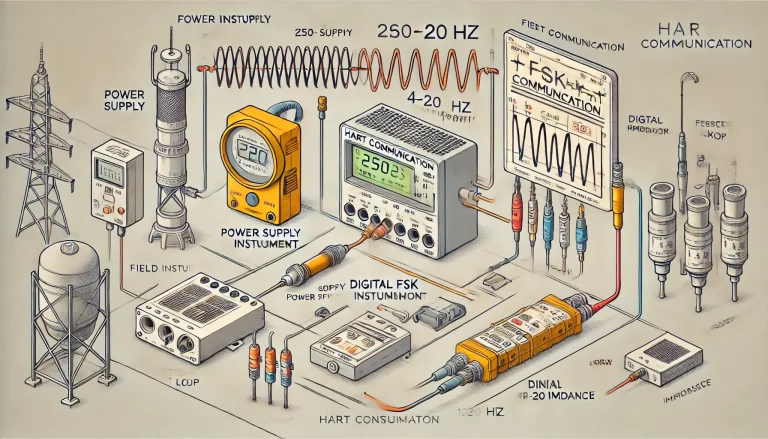
2. Working Principles of Signal Isolators
Signal isolators work by breaking the direct electrical connection between input and output while allowing the signal to transfer. This is achieved using various isolation mechanisms:
2.1 Electromagnetic Isolation (Transformer Coupling)
- In this method, a transformer is used to transfer AC signals between the input and output sides.
- The input signal generates a magnetic field in the transformer’s primary coil, which induces a corresponding signal in the secondary coil.
- This technique is ideal for AC signals and provides excellent isolation, but it struggles with low-frequency or DC signals.
2.2 Optical Isolation (Optocoupler)
- Optical isolators use light to transfer signals.
- The input signal drives an LED, which emits light proportional to the signal. A photodetector on the output side converts the light back into an electrical signal.
- This method provides high isolation levels and works for both AC and DC signals, making it popular in many applications.
2.3 Capacitive Isolation
- Capacitive isolators use capacitors to couple signals across an isolation barrier.
- They are particularly suited for high-frequency signals but block DC components, making them unsuitable for some applications.
2.4 Digital Isolation
- Digital isolators employ advanced semiconductor technology, such as magnetic or capacitive coupling, to transfer digital signals across the isolation barrier.
- These isolators are highly precise and suitable for high-speed data transmission in modern systems.
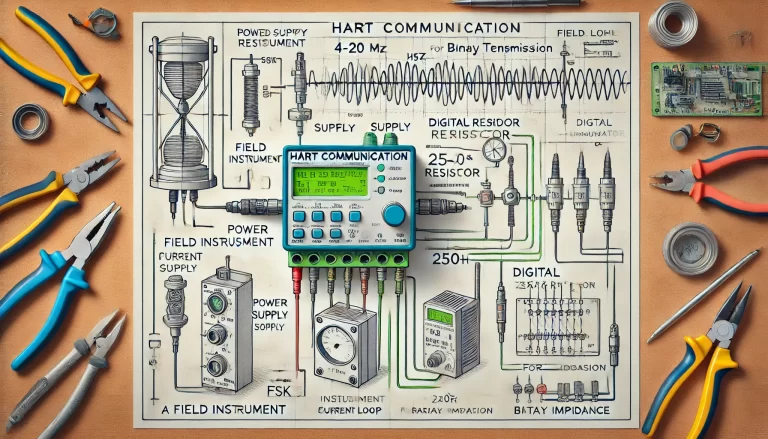
3. Advantages of Signal Isolators
Signal isolators bring several benefits to electronic systems:
3.1 Reliable Electrical Isolation
- They ensure that connected devices are electrically isolated, reducing the risk of ground loops and electrical shocks.
3.2 Improved Signal Integrity
- Isolators prevent noise and interference from affecting signal transmission, ensuring accurate and reliable data.
3.3 Safety
- They protect operators and sensitive equipment from high voltages or electrical surges.
3.4 Versatility
- Signal isolators can convert signal types (e.g., voltage to current) and adapt different communication standards.
3.5 Enhanced System Performance
- By reducing interference and protecting devices, signal isolators improve overall system stability and reliability.
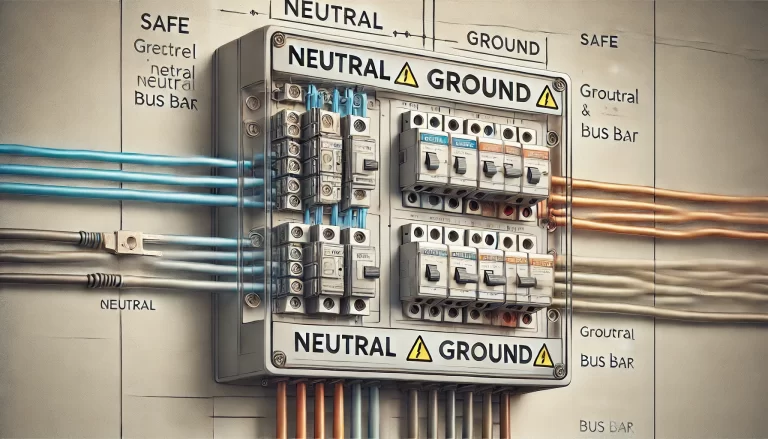
4. Limitations of Signal Isolators
Despite their advantages, signal isolators have certain limitations:
4.1 Cost
- Signal isolators add to the system cost compared to direct connections. High-performance isolators, especially digital ones, can be expensive.
4.2 Complexity
- Incorporating isolators increases the design complexity and may require additional space in compact systems.
4.3 Signal Delay
- Isolation mechanisms can introduce slight delays in signal transmission, which might be critical in high-speed applications.
4.4 Frequency Range Limitations
- Different isolators work better in specific frequency ranges, and choosing the wrong type can result in signal loss or distortion.
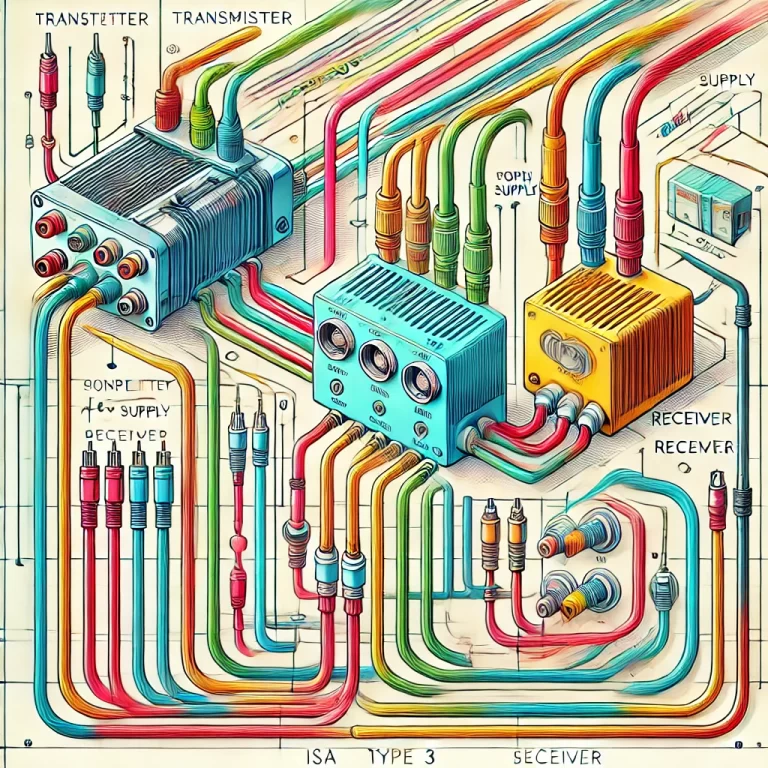
5. Applications of Signal Isolators
Signal isolators are used in a wide variety of fields to ensure safe and reliable signal transmission:
5.1 Industrial Automation
- Isolators are widely used in control systems to protect sensors, actuators, and controllers from interference and electrical faults.
5.2 Medical Equipment
- Medical devices, such as patient monitoring systems, require signal isolators to ensure patient safety and accurate readings in high-voltage environments.
5.3 Power Systems
- Power generation and distribution systems use isolators for monitoring and control, preventing high-voltage intrusion into sensitive equipment.
5.4 Communication Systems
- Signal isolators maintain data integrity in networks and communication systems by blocking external noise and interference.
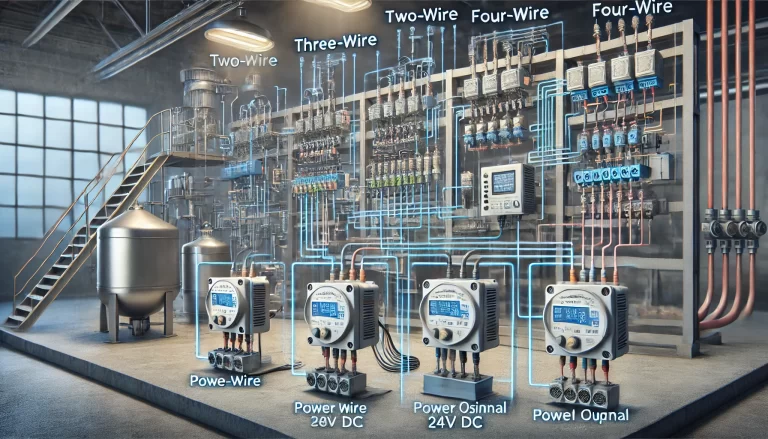
6. Conclusion
Signal isolators are indispensable for ensuring the safety, reliability, and performance of electronic and industrial systems. Their ability to transmit signals while electrically isolating devices is critical in environments with high noise levels, potential differences, or safety concerns. By understanding their working principles, advantages, and limitations, engineers can choose the right type of isolator for their specific applications, ensuring optimal system performance. Despite their added cost and complexity, signal isolators’ benefits far outweigh their drawbacks, making them a vital component in modern technology.
